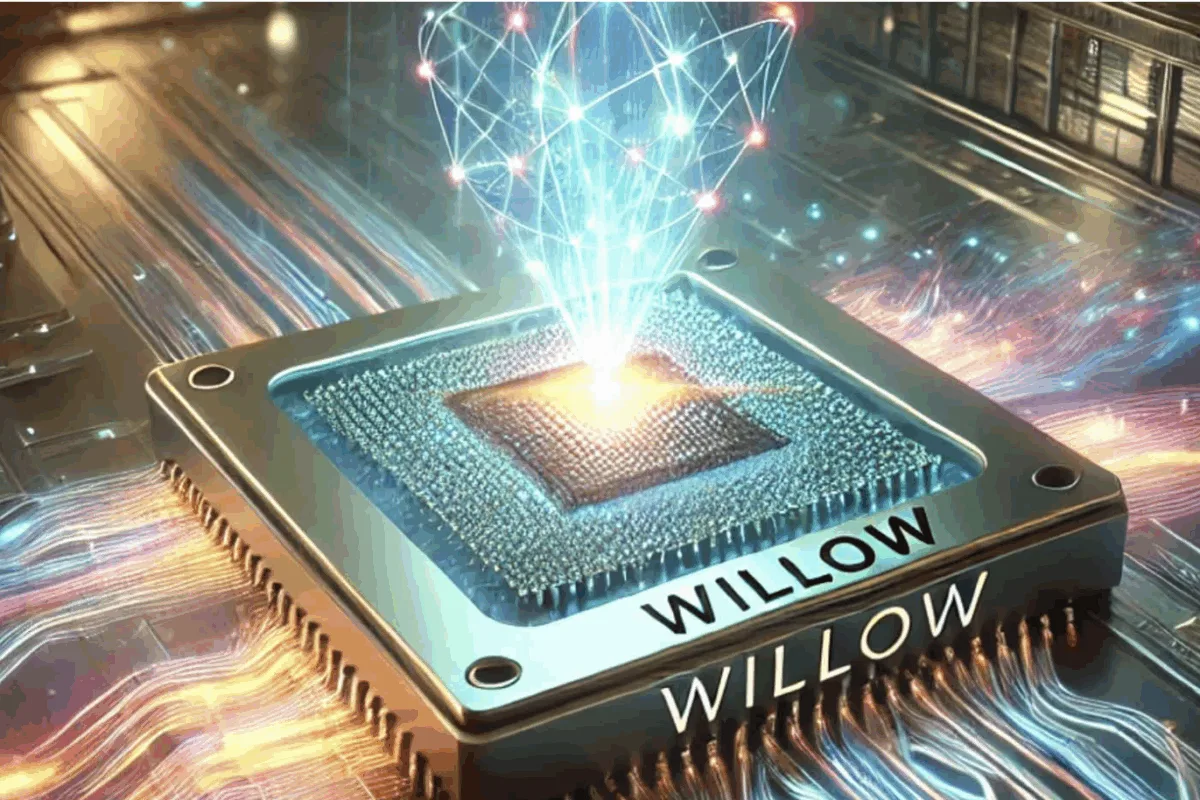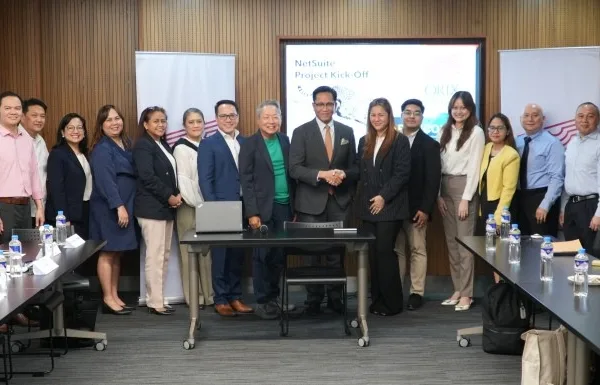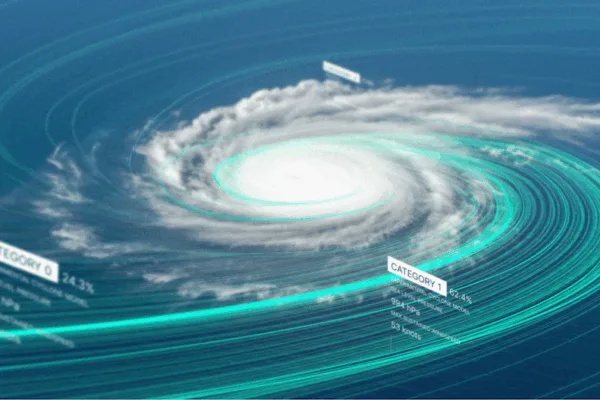By Rhyll Neri, Correspondent
In a year when the 2025 Nobel Prize in Physics honored the pioneers who first proved that quantum behavior could exist in everyday circuits, a new experiment has quietly carried that legacy forward.
On Google’s Willow quantum chip, researchers have run an algorithm called Quantum Echoes — and for the first time, it showed a verifiable quantum advantage on real hardware.
That might sound abstract, but it’s a big deal. It’s as if scientists, after decades of staring at equations, have finally built a telescope clear enough to see a hidden patch of the quantum sky. And what they’re finding there could reshape how we understand molecules, materials, and even artificial intelligence.
The attic, the telescope, and a new way of seeing
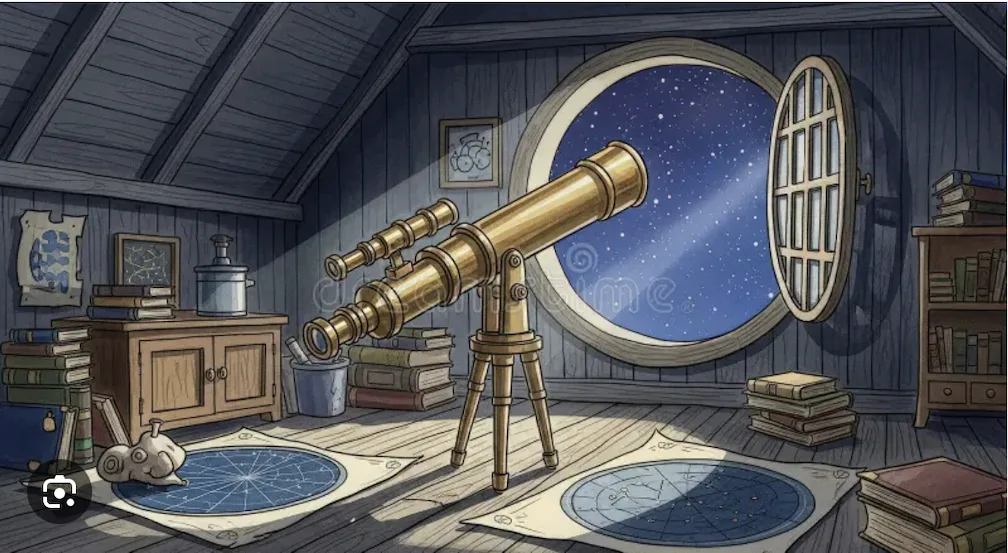
Imagine a dusty attic filled with old instruments and strange-looking lenses. Two kids cobble together a telescope and aim it at a part of the sky no one’s really looked at before. One gasps: “There’s a star we never saw.”
That moment — the wonder of discovery — captures what it feels like when a quantum algorithm actually works on hardware, revealing behavior that no classical computer can easily reproduce.
That’s the story behind Quantum Echoes: a quiet experiment that became a milestone. It’s also the story of the people who made it happen — engineers, spectroscopists, and theorists — and their shared belief that a tiny “butterfly” nudge in a quantum system could help us measure the invisible fabric of molecules.
Meet the people behind the math
Let’s name a few faces so this isn’t just jargon:
- There’s Mica, the experimental quantum engineer who sketches circuit diagrams on napkins before turning them into cryostat-ready setups.
- There’s Dr. Reyes, an NMR scientist from Berkeley who dreams of a better molecular ruler.
- There’s Jun, the theorist who lives by the Feynman line, “Nature isn’t classical.”
- And Hartmut, the program lead who keeps asking, “Okay — how soon could this be useful?”
- Their work on Google’s 105-qubit Willow chip didn’t make loud headlines, but it made science whisper something new.
Their work on Google’s 105-qubit Willow chip didn’t make loud headlines, but it made science whisper something new.
These characters aren’t caricatures. They represent real roles and real motivations in Google’s quantum research. Their conversations help us explain what was done and why it matters in plain language.
From theory to hardware: a 40-year arc
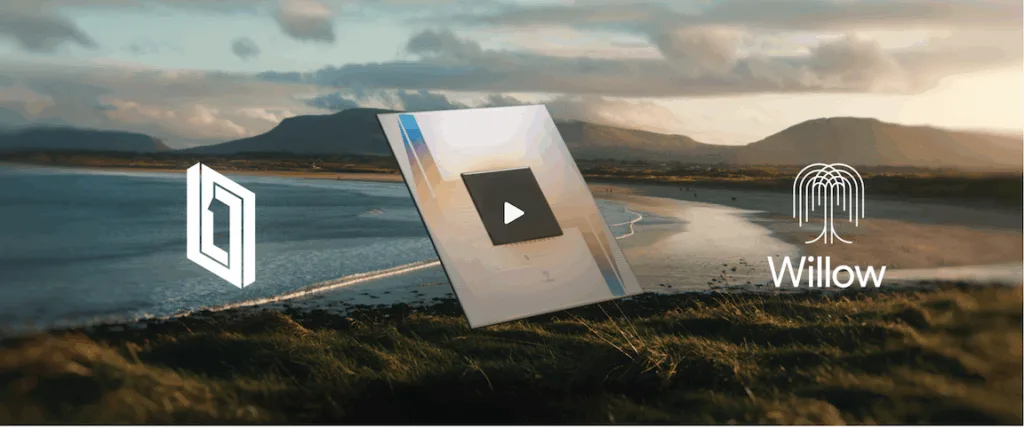
Science likes slow stories, but the headlines always rush. Here’s the honest timeline:
- 1980s — foundations laid: Clarke, Devoret, and Martinis prove macroscopic circuits can behave quantum-mechanically — a radical idea then, now Nobel-worthy (NobelPrize.org+1).
- 1990s — quantum algorithms: The first quantum algorithms emerge, hinting that quantum machines could someday outperform classical ones.
- 2012–2013 — Google’s Quantum AI takes shape: Google created a dedicated research team and committed to superconducting qubits as a path forward.
- 2019 — quantum supremacy demonstration: Google demonstrates quantum supremacy, sparking global debate.
- 2024 — Willow chip debuts: A 105-qubit array designed to test complex, error-corrected algorithms.
- 2025 — Quantum Echoes runs successfully on Willow: The team reports the first algorithm with verifiable quantum advantage on hardware, demonstrating repeatable quantum advantage with real-world molecular applications.
That last milestone is where decades of theory finally meet engineering reality.
What is Google’s Quantum Echoes, really?
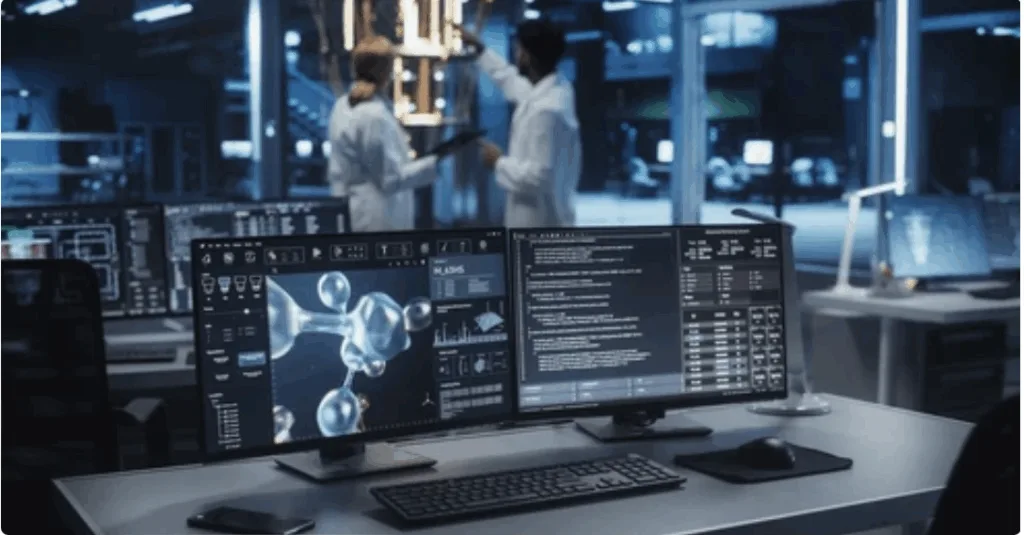
At its core, Quantum Echoes is an interference experiment. The algorithm runs a set of quantum gates forward, nudges a single qubit — a “butterfly effect” moment — and then runs everything in reverse.
When the forward and reverse sequences meet, they create an echo — a measurable interference pattern that exposes hidden details about the system. By repeating the process twice (a “double echo”), the team amplified the faint signals into something verifiable and testable by other labs.
Mica strapped on her lab gloves and peered into the control software. Jun pulled up the math; it looked like poetry to him, a neat inverse. Dr. Reyes had flown in from Berkeley with a box of annotated NMR spectra.
“OK, butterflying?” Mica asked.
“Careful — perturb only one qubit,” Jun said. “The signal’s fragile.”
She nudged the control a fraction of a degree — imperceptible to a human sense, enormous to a quantum wavefunction. The sequence ran through forward gates, the single qubit saw the tiny perturbation, and then the reverse gates started their march backward.
When the measurement finished, science didn’t explode — it whispered. A faint echo pattern emerged in the data. They ran the double Quantum Echo. The pattern looked like a molecular whisper — something that classical approximations had muffled.
“We’re literally listening to interactions we couldn’t hear before,” Dr. Reyes said. “This could extend our NMR measurements.”
That exchange captures how hopeful, careful, and tactile quantum experiments feel when they work.
How a butterfly tells us about molecules
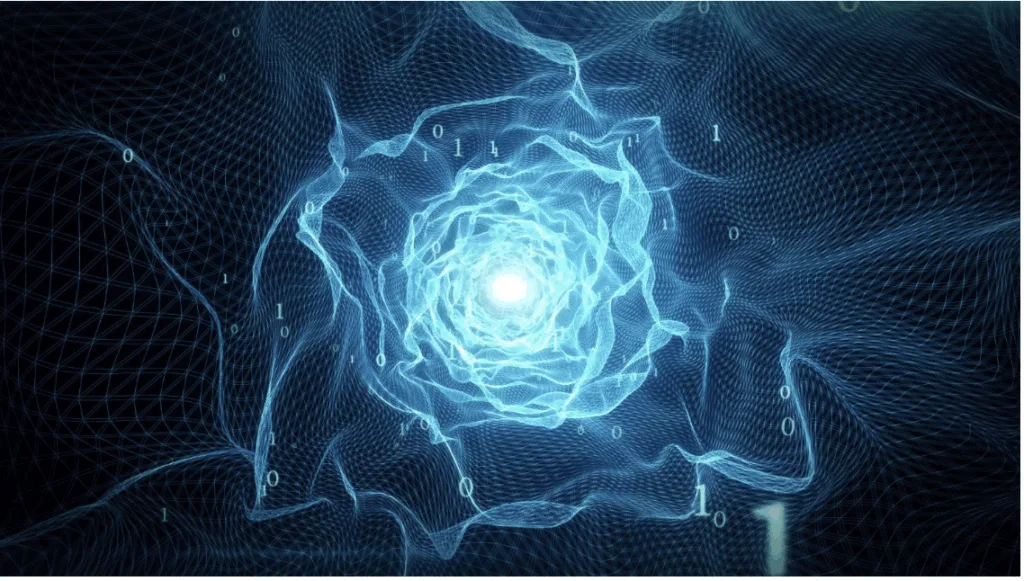
Why does nudging one qubit tell you something about a molecule?
Think of a stadium wave: if one person in the core stands or sits differently, the wave pattern shifts in a way that tells you something about the crowd’s connectivity.
Similarly, in a coherent quantum system, a small localized perturbation interacts with the global dynamics. When you reverse the dynamics, interference patterns encode how the perturbation propagated through the system — revealing properties of molecular interactions with precision.
On Willow, these patterns ran thousands of times faster than classical simulations — and more importantly, they were reproducible, the holy grail of experimental credibility.
Why molecules, NMR, and a “molecular ruler” matter
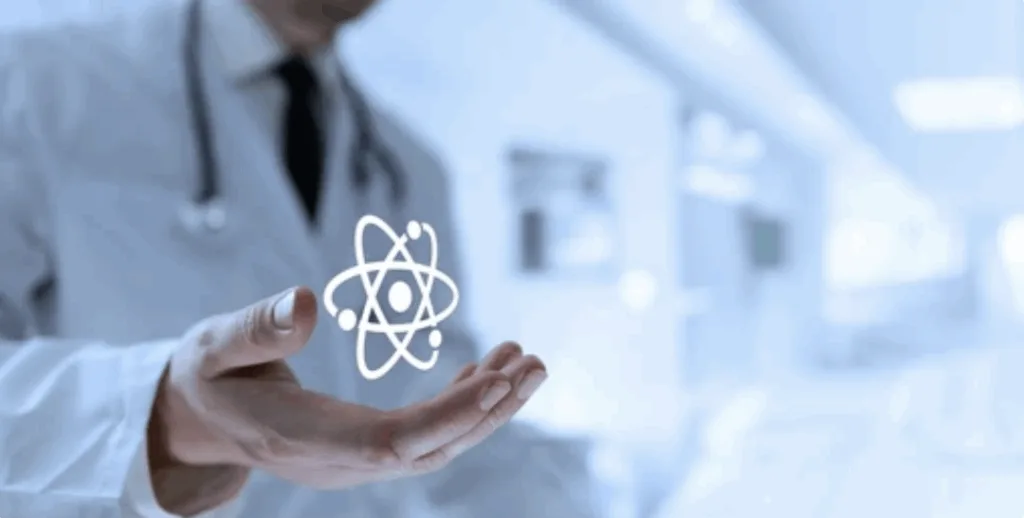
Traditional nuclear magnetic resonance (NMR) is powerful but limited in precision. Quantum Echoes acts like a quantum “molecular ruler” — computing exact quantum states or producing more precise constraints.
That can directly advance:
- Drug discovery: Determining how a candidate drug binds to a protein.
- Materials science: Characterizing catalysts, batteries, and polymers.
- Fundamental chemistry: Revealing reaction dynamics beyond classical simulation.
In short, Quantum Echoes could become a new kind of scientific instrument — one that listens to molecules the way telescopes listen to light.
Quantum for AI — and fintech’s next leap
Most AI today consumes classical data — images, text, and transactions. But parts of reality, especially in physics and finance, are quantum. If we can generate quantum-native data, we can train AI models to recognize richer, more complex patterns.
This isn’t just useful for science. In fintech, quantum-enhanced AI could lead to faster, more accurate financial modeling — where markets behave less like static equations and more like dynamic, uncertain systems.
Imagine AI risk models that adapt to shifting global events in real time, trained on data that reflects the “quantum noise” of actual systems. With quantum-informed datasets, portfolio optimization, fraud detection, and credit scoring could evolve from statistical forecasting to genuine predictive modeling.
Quantum advantage meets financial infrastructure
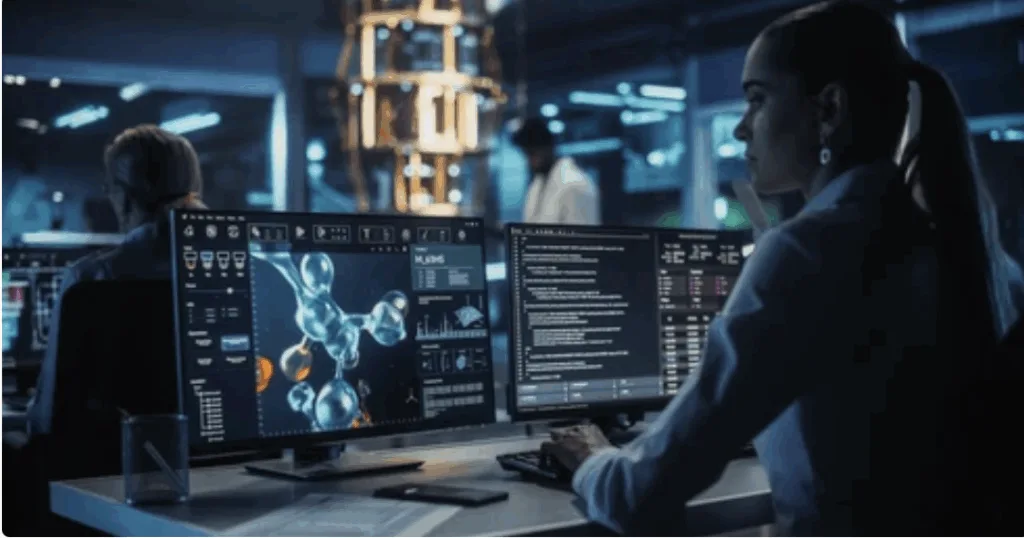
Quantum computing breakthroughs like Quantum Echoes also signal a coming transformation in financial infrastructure. The same algorithms that simulate molecules could someday simulate complex markets, derivative networks, and systemic risk — computations that strain even the fastest supercomputers today.
As Google and others push toward scalable, verifiable quantum architectures, fintech institutions could eventually lease quantum compute time just as they lease cloud infrastructure now.
Quantum-as-a-Service (QaaS) might become the next competitive edge for hedge funds, insurers, and global payment networks seeking nanosecond-level insight.
The cryptography connection
There’s another dimension of fintech relevance: security. Quantum advantage doesn’t threaten encryption today, but it reminds regulators and banks that post-quantum cryptography must stay ahead of hardware progress.
Financial systems rely on RSA and ECC encryption — both of which could eventually be vulnerable to quantum algorithms like Shor’s. Google’s careful emphasis on reproducibility and ethics suggests a responsible roadmap, but fintech firms must already prepare for post-quantum readiness to safeguard cross-border payments, blockchain transactions, and customer data.
Collaborations and credibility
The Quantum Echoes work involved UC Berkeley’s Pines Magnetic Resonance Center, Dartmouth, Google DeepMind, and QSimulate.
Open collaboration — sharing code, simulators, and device access — makes replication faster and the results more credible.
This model also mirrors the open-banking philosophy in fintech, where interoperability, transparency, and shared standards accelerate innovation safely.
A practical roadmap for researchers and fintech innovators
For researchers, the next steps are clear:
- Experimentation track: Reproduce small-scale tests on Willow-class hardware.
- Data track: Gather quantum-enhanced datasets for AI training.
- Verification track: Encourage independent labs to replicate the double echo.
- Engineering track: Improve error correction and fidelity.
- Fintech track (new): Explore pilot use cases in risk modeling, cryptography, and asset optimization using verified quantum algorithms.
The human side: Why scientists keep at it
Back in the lab, Mica will run the experiment again tomorrow. Jun will tweak the circuit. Dr. Reyes will bring a new molecule. Hartmut will ask again, “How soon could this be useful?”
The answer is: closer.
Quantum Echoes isn’t just a technical breakthrough — it’s a morale boost, a sign that methodical, reproducible work can yield results that ripple beyond physics and into industries like finance.
Healthy skepticism is part of progress. Critics also ask:
- “Are the classical baselines being fairly optimized?”
- “Do results generalize to larger molecules?
- “How much error correction will be needed?”
Those questions are fair — and expected. Open code, published benchmarks, and replication are what make the field move forward.
What the Nobel Prize in 2025 means for this story
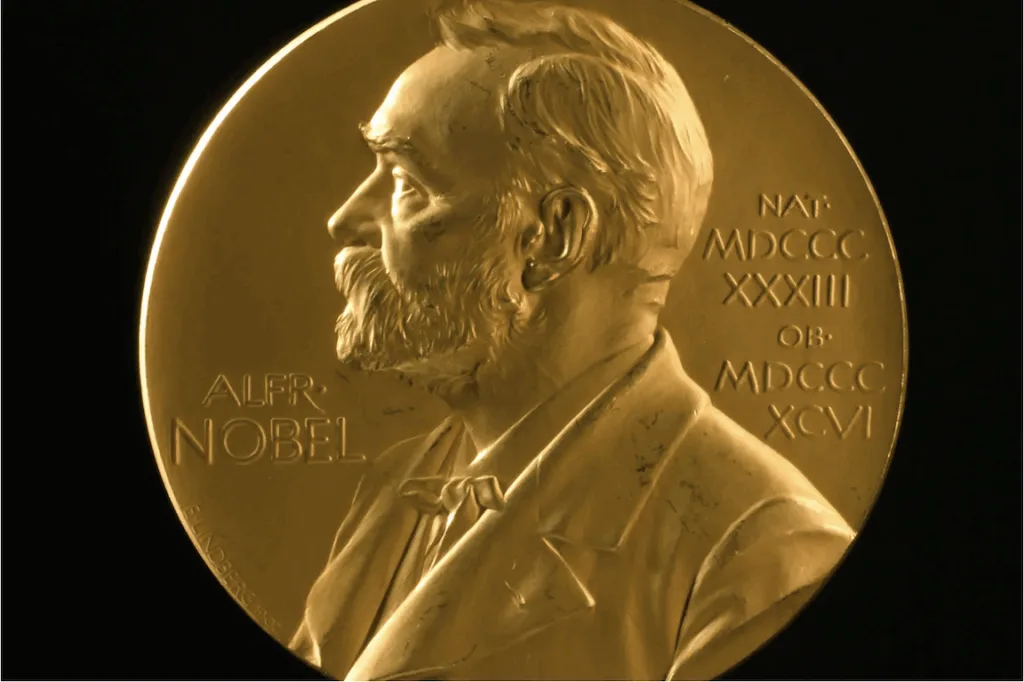
In October 2025, John Clarke, Michel Devoret, and John Martinis received the Nobel Prize in Physics for demonstrating quantum behavior in macroscopic circuits — the foundation for chips like Willow.
The award serves as a bridge between the early pioneers and the engineers now extending their ideas into useful computation.
A practical roadmap
If you’re a researcher or product lead, the path forward is parallel:
- Experimentation track: Fund reproducible small-scale tests on Willow-class hardware.
- Data track: Gather quantum-enhanced labels for ML training.
- Verification track: Encourage independent labs to replicate the double echo.
- Engineering track: Improve error correction and fidelity.
- Ethics and crypto track: Continue post-quantum readiness efforts.
The human side: why scientists keep at it
Back to our characters.
Mica will run the experiment again tomorrow. Jun will tinker with a new U design. Dr. Reyes will bring a slightly more complex molecule to the lab.
Hartmut will ask his calm, impatient question again: “How close are we to a useful tool?”
The answer is: closer. Quantum Echoes is both a technical advance and a morale booster. It’s evidence that methodical, open, and collaborative work — decades in the making — can produce reproducible, verifiable tools that extend human measurement capabilities.
Conclusion — the echo that matters
Quantum Echoes isn’t the final verse of the quantum story; it’s a chorus line that says: yes, with the right hardware, the right algorithms, and careful verification, quantum systems can do things that matter.
We should celebrate the rigor — the repeatable experiments and collaborations — while staying grounded about timelines.
The future isn’t instant or inevitable, but Quantum Echoes shows one concrete way it might arrive: by listening carefully, nudging thoughtfully, and verifying loudly.




